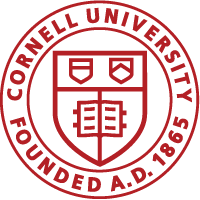Bud-in or Bud-Out? A Randomized Field Trial Comparing Two Cautery Disbudding Techniques on Wound Healing in Dairy Calves
Principal Investigator: Matthias Wieland
Co-PI: Sabine Mann
DESCRIPTION (provided by applicant):
Horn removal (disbudding or dehorning) is a common practice in commercial dairy farms in the United States and Canada, with approximately 94% and 95% of dairy producers disbudding or dehorning their cattle, respectively. Hornless cattle pose a much lower risk of injury to farm staff and other animals, require less space, and cause less carcass wastage due to bruising. The difference between the two procedures is that disbudding is performed before about 8 weeks of age, at which point the horn bud attaches to the skull, while dehorning is an amputation performed once the horn is attached. Because disbudding is less invasive and causes less pain, it is preferred over dehorning.
We propose to investigate the effects of two different cautery disbudding techniques on wound healing, calf health, and growth performance in dairy calves. We hypothesize that wounds resulting from the BUD-IN technique will exhibit smaller diameters over time, reduced pain sensitivity, and faster re=epithelialization compared to those from the BUD-OUT technique. Additionally, we hypothesize that calves disbudded using the BUD-IN technique will show improved health and growth performance. Testing these hypotheses is significant to the dairy industry, as the results will help dairy producers develop optimal husbandry practices for their calves.
Within the proposed funding period, we aim to:
(1) Investigate the effect of two different disbudding techniques on wound diameter and healing
(2) Examine the influence of these techniques on calf health and growth performance


